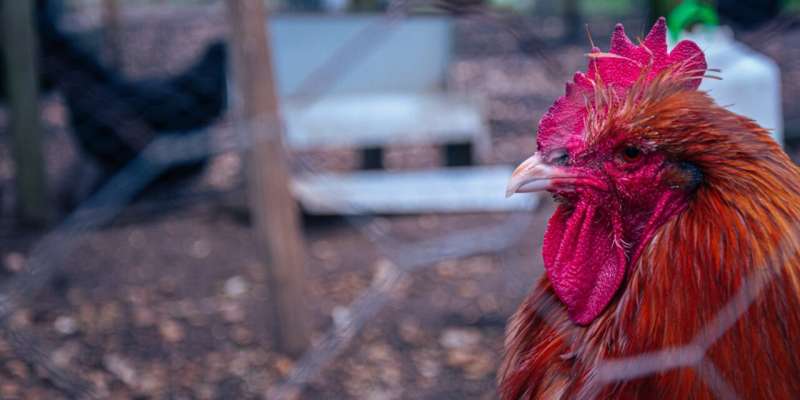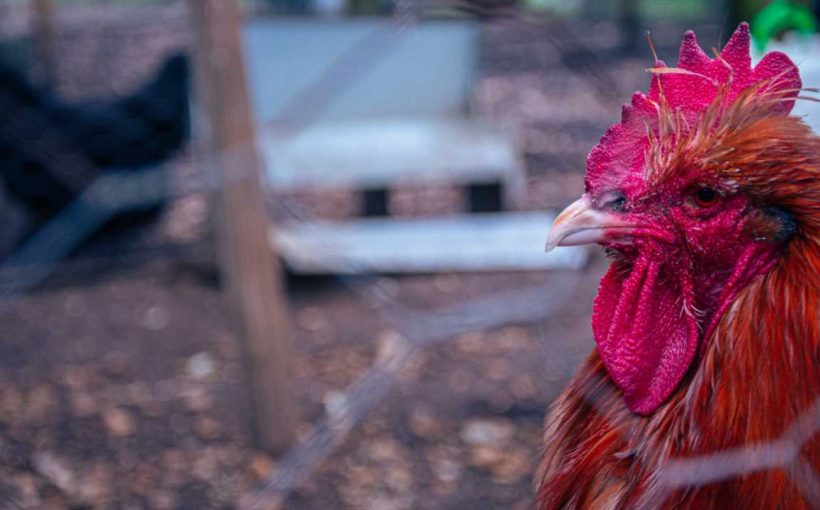
The World Health Organization said on Friday that increasing reports of the H5N1 avian flu among humans were “worrying” following the death of an infected 11-year-old Cambodian girl.
The girl’s father has also tested positive for the virus, according to Cambodia’s health ministry, prompting fears that the virus could have been transmitted between humans.
Sylvie Briand, WHO epidemic and pandemic preparedness and prevention director, said the UN agency was in close contact with the Cambodian authorities about the case as well as the tests of other people who had been in contact with the girl.
“So far, it is too early to know if it’s human to human transmission or exposure to the same environmental conditions,” Briand told a virtual press conference held in Geneva.
For the rare cases when humans contract the disease, it is usually because they have come in direct contact with infected birds.
Since late 2021, one of the worst global outbreaks of bird flu has led to millions of poultry being culled, mass wild bird deaths, and the virus being detected in a growing range of mammals.
“The global H5N1 situation is worrying given the wide spread of the virus in birds around the world, and the increasing reports of cases in mammals including humans,” Briand said.
“WHO takes the risk from this virus seriously and urges heightened vigilance from all countries.”
WHO chief Tedros Adhanom Ghebreyesus said earlier this month that the risk of bird flu to humans was low, and Briand emphasized that this assessment had not changed.
She said that the WHO was waiting for test results to establish whether the Cambodian girl’s contact cases were also infected.
So far, cases of bird flu in humans had been “sporadic,” Briand said.
“But when you see that there are a number of potential cases surrounding this initial case, you always wonder what has happened: is it because maybe the initial case has transmitted the disease to other humans?” she said.
“So we are really concerned about the potential human-to-human transmission coming from this initial spillover from animals.”
Investigators are also working to establish whether the girl, her father and the contact cases were exposed to infected birds. Wild birds were found dead at a lake near the girl’s remote village.
Globally, there have been more than 450 bird flu cases in humans since 2003, according to the WHO.
The death rate for humans with H5N1 is “over 50 percent,” Briand said.
© 2023 AFP
Source: Read Full Article
